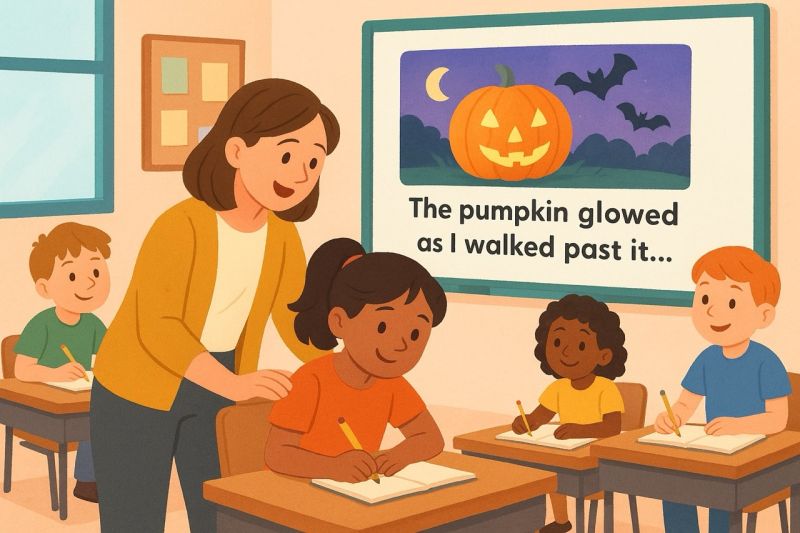Engaging Reluctant Writers: Practical Strategies That Work

Every teacher has encountered reluctant writers—the students who stare at a blank page, unsure where to begin. Supporting these learners requires a balance of scaffolding, creativity, and routine. With the right strategies, even hesitant writers can gain confidence and find joy in expressing themselves.
One effective approach is to start with strong visual prompts. An engaging image gives students a clear starting point for their imagination. Tools like Writesy take this further by pairing images with story starters, vocabulary lists, and sentence beginnings, making it easier for students to move past the “I don’t know what to write” barrier.
Scaffolds are essential. Provide sentence starters (“I couldn’t believe what I saw…”), tiered vocabulary lists, and example dialogue to give students multiple entry points. These supports not only reduce anxiety but also model how stories can develop.
Establishing classroom routines helps too. Begin with short “quick writes” of five minutes, focusing on ideas rather than accuracy. Over time, build up to longer tasks where students apply more structure. Incorporating collaborative writing—where students co-create characters or endings—also reduces pressure while making writing social and fun.
Finally, link writing to student interests. With Writesy’s AI-powered story prompt creator, teachers can generate custom images and prompts based on what excites their class—from superheroes to haunted houses. This personalised approach makes writing feel relevant and engaging.
By combining scaffolds, purposeful prompts, and consistent routines, teachers can turn reluctant writers into confident storytellers. With platforms like Writesy providing ready-to-use resources, the process becomes easier and far more rewarding—for students and teachers alike.